On the Road is a weekday feature spotlighting reader photo submissions.
From the exotic to the familiar, whether you’re traveling or in your own backyard, we would love to see the world through your eyes.
Where else but Balloon Juice can you find – all in one place – a gorgeous panorama of land and sky, cute birds, elegant birds in flight, stunning pictures of lightning displays and a scary storm, and bird butts. ~WaterGirl
Albatrossity
Day 2 of images from our late July time in the Sandhills of Nebraska, on or near the Hutton Ranch Wildlife Sanctuary along the Niobrara River.
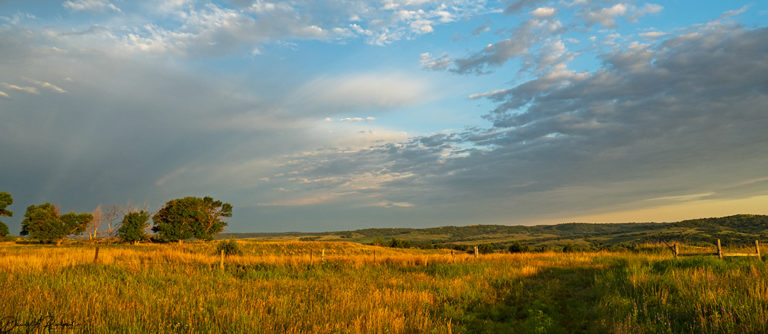
Another sunrise in the Sandhills, looking north across the Niobrara. That long low dark ridge in the distance is Pine Ridge, an escarpment between the Niobrara and White Rivers that extends west and north for about 100 miles into South Dakota. The dark coloration is due to the Ponderosa Pine forests up there, and also, tragically, to dead pine forests which burned extensively in 2012. It is a challenge to manage fires and regrowth in the highly dissected Pine Ridge escarpment.
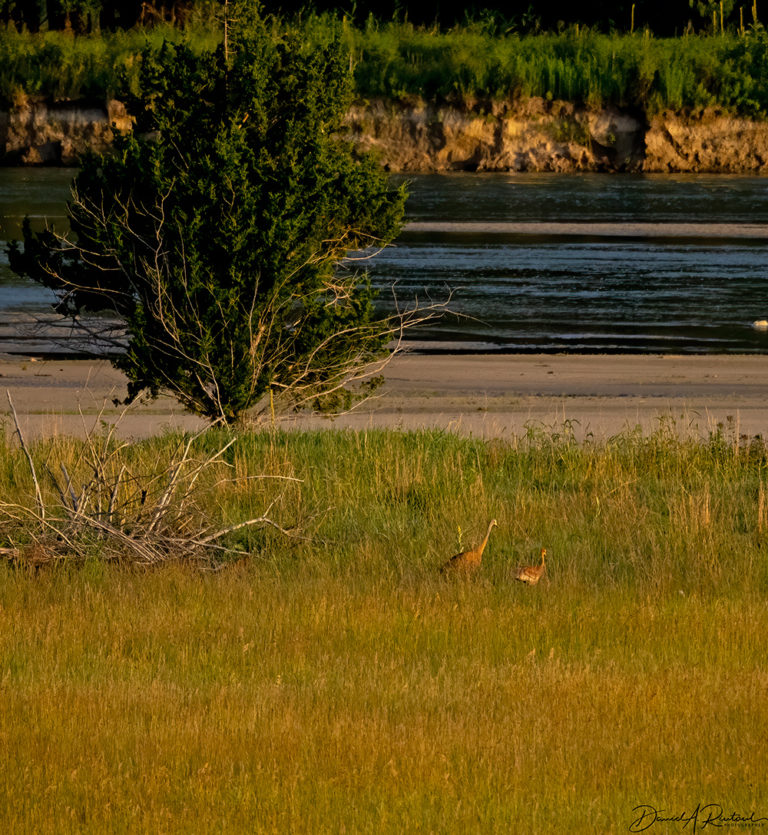
Sandhill Crane parent and chick (aka colt) in a wet meadow along the Niobrara, one of the most amazing things we saw on the Sanctuary. Sandhill Cranes (which are not named for the NE Sandhills, by the way) were extirpated as a breeding species in Nebraska in the 19th century. Mostly they now breed in Canada, Alaska, and even Siberia, although nearly the entire global population does migrate through Nebraska every spring. A pair of cranes found this wet meadow in 2012, and have been there every summer since.
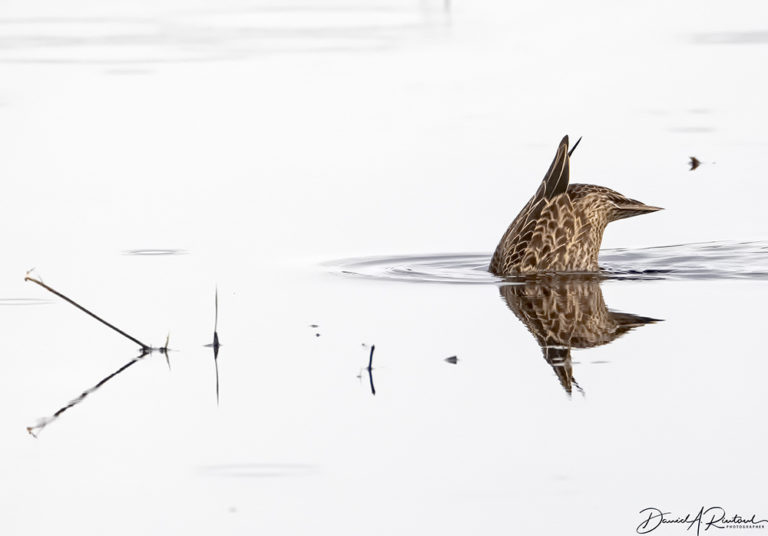
Blue-winged Teal in a shallow pond. I have often joked about publishing a field guide to bird butts, and this one would be considered for the cover image if I ever got around to that.
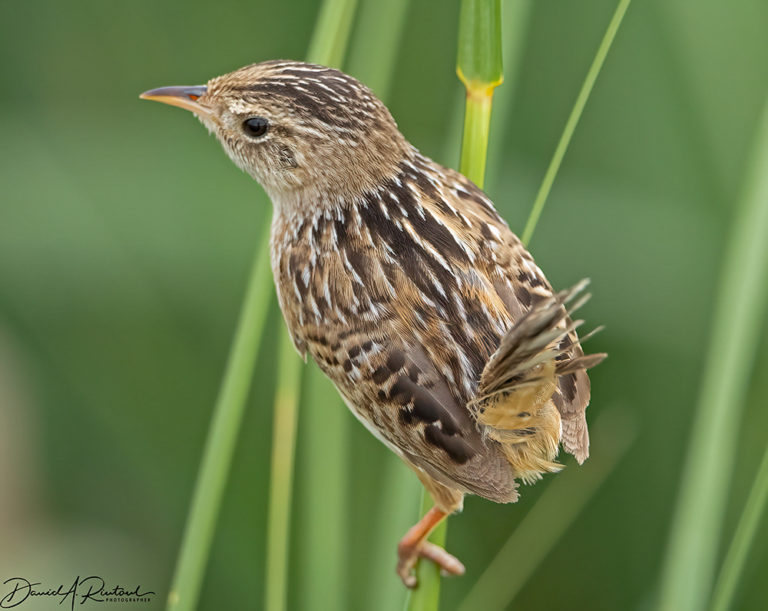
Sedge Wren in a wet meadow, one of at least three singing males in that small acreage. This is a hard bird to photograph; it is jumpy, tiny, and likes to hide in the sedges and cattails. But you can find several of them in one spot, sometimes one of them will sit for a portrait.
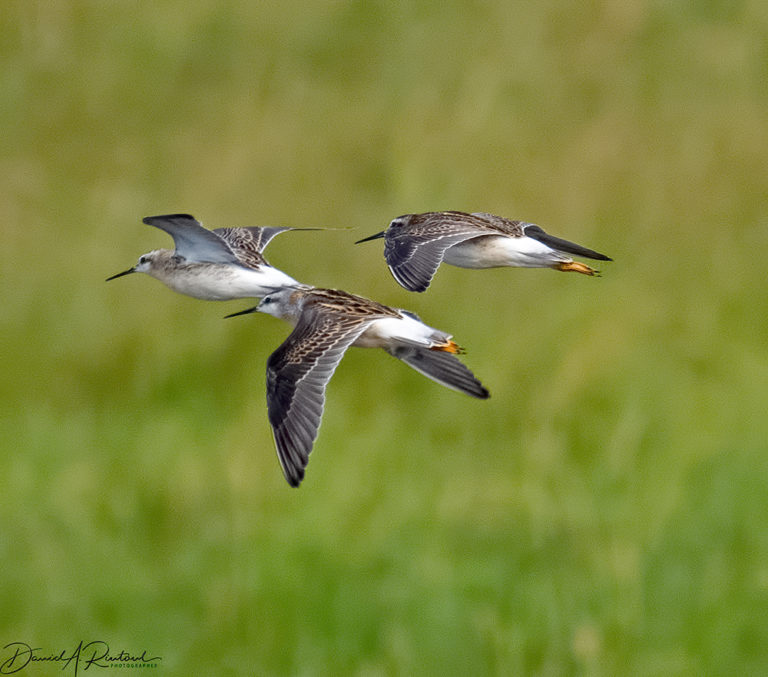
Wilson’s Phalaropes in flight. This species breeds in the Sandhills and the prairies of the Dakotas and Canada. But they don’t stay there for long; they head south and spend the winter in South America, all the way down to Tierra del Fuego.
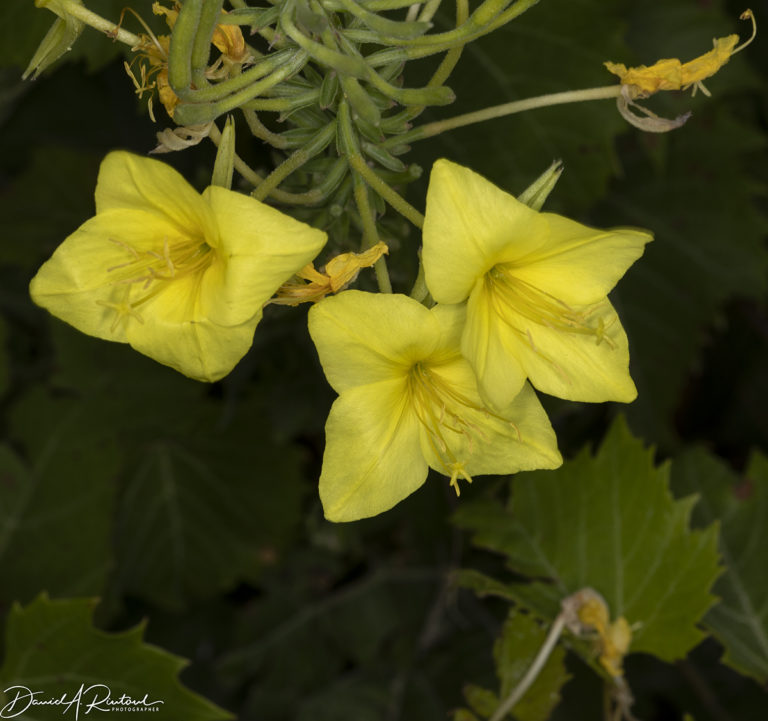
One of the most iconic flowering plants of the Sandhills, this is the Diamond-petaled Primrose, Oenothera rhombipetala. There were whole hillsides covered with these yellow flowers when we were there.
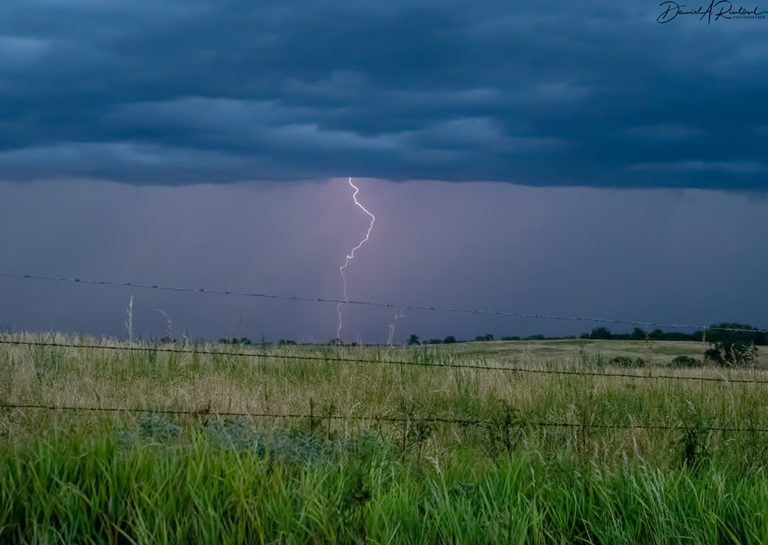
The High Plains is famous for its storms, and part of that fame is because you can see them coming from a long ways away. On our last night there we were treated to a great thunder and lightning display, so naturally we headed out to find a good spot to see the action.
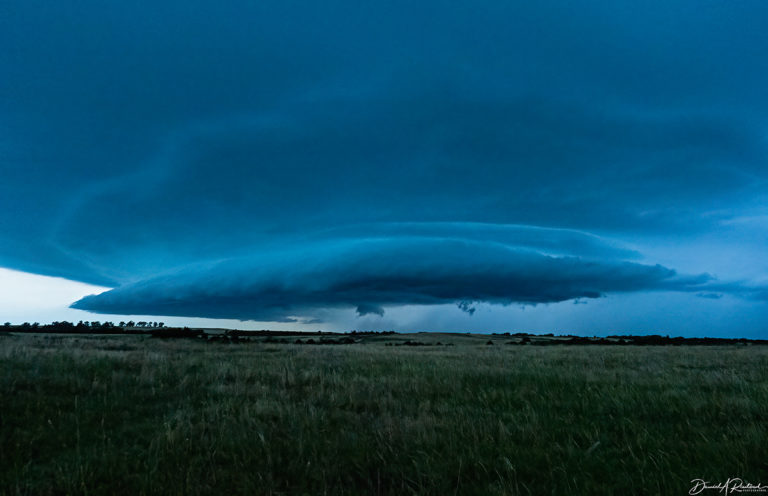
We watched this enormous wall cloud coming toward us and decided that a better place to be would be indoors. We were probably 6-7 miles away from the house, and may have stayed out just a tad too long. Our drive back, over some good roads and some sketchy sandy roads, was a bit hairy. It wasn’t raining when we headed back, but we were halfway back when it started to really dump, and the last mile of road was basically an experiment in phase separation of sand and water mixtures. We made it back to the house just as the rain stopped, naturally. Elizabeth’s pulse may have slowed down by now.

Betty Cracker
Beautiful photos! I’d always assumed the cranes were named after the NE Sandhills. Do you know where they get that name?
p.a.
From The Anatomy of Lightning
“It begins with a small spark in the cloud. A stream of electrons flies out of from the base, it travels along a route to ground in about 50 yard segments; it then stops, pools for a couple billionths of a second and then splits and continues on path in a new direction toward the ground.
This initial bolt is called a stepped leader (SL)… This path of electrons is much fainter than what we would normally think of as a lightning bolt. Keep in mind there is still a build up of charge in the SL, it has not yet discharged any of its negative energy…
[Positive Streamer]: positively charged ions that are attracted to the stepped leader, once again, due to electrostatic induction.
The PS exists for just a fraction of a second and is very rarely visible to the human eye. The length of a PS varies from just a few inches up to a few hundred feet above the ground.
The closest positive streamer to a particular stepped leader will become the most preferred route for electrical discharge. A SL might even bypass a taller object and connect with a PS closer to the ground. There are ways to predict the path of the stepped leader; they have to do with flux lines and, although, quite interesting it is not relevant to this discussion.
Positive streamers can reach out of anything on the surface of Earth, they can stretch out of blades of grass, tops of trees, roofs and even out of the top of your head. So if you are caught in a storm and your hair starts to get electrically charged, or you feel a tingling on your skin you better get the hell outta there, and fast, because you are now statically charged and a strike may be imminent.”
Looks like you got the PS too!
OzarkHillbilly
Heh.
swiftfox
It is a challenge to manage fires and regrowth in any western biome.
SiubhanDuinne
Please do this! What a great idea for a field guide!
mrmoshpotato
Avian Asses by Albatrossity
Great pictures, particularly the storms.
And you really know how to photograph bird bums.
waynel140
Outstanding photo. What lenses did you use, if you don’t mind me asking? Great background blur on the bird photo, and a wide-angle lens on the storm shots?
WaterGirl
@mrmoshpotato:
Bird Butts: Avian Asses by Albatrossity
Albatrossity
@Betty Cracker: How they got the name “Sandhill” is shrouded in mystery. But that name was applied in 1817 (along with an alternate common name “Great Brown Crane”), and in 1817 nobody associated with this nomenclature had visited the Nebraska Sandhills or knew that the bird nested there. Some have speculated that the name derives from the color, but I’ve never been able to pin that down either.
Albatrossity
@waynel140: Thanks! The phalarope flight shot was with the Leica/Panasonic 100-400 zoom on an Olympus OM-D E-M1X body, and the wide-angle lightning bolt shot was with the Olympus 12-100 zoom on the same body.
mrmoshpotato
@WaterGirl: Yes.
JeanneT
Wow. Thanks for the morning beauty!
HinTN
@Albatrossity: The color of the water and the light on the far bank in the photo with parent and colt is wonderful.
Albatrossity
@p.a.: Thanks for that information. And yes, I have been outdoors when I felt my hair tingle. Interestingly it was still a clear sky, not raining, although there were storm clouds approaching. Between college years I was working for the summers at an Ag experiment station near my home town. It had an irrigation system with sporadic aluminum standpipes, which I never knew the exact purpose of. But I was walking back to the truck near one of these things, and my hair started to stand on end. I hit the ground, and a bolt of lightning hit the standpipe (about 30-40 ft away from me) about half a second later. The thunderclap was very loud, and I was practically deaf for the next few hours or so.
A near thing, as they say.
Albatrossity
@HinTN: Thanks! It was a lovely morning to be there.
Unfortunately the WordPress engine compresses and degrades the photos quite a bit, and it is currently not possible to click on the image and get a better look at a better version. But that pic, in high resolution, can also be viewed in the landscape gallery of my portfolio page. The images are mostly in alphabetical order by geography, so just find the “Nebraska” section and click on that image to see a better version.
Jerry
Again with all that beautiful sky! I crave more!
WaterGirl
@Albatrossity: Yikes! So glad you are here with us!
Betty Cracker
@Albatrossity: Fascinating! The Wikipedia page claims it’s from the NE Sandhills, and now I’m itching to correct it! :)
WaterGirl
@Betty Cracker: Go for it!
Albatrossity
@Betty Cracker: Good luck finding a source to document that change at Wikipedia. Like I said, it’s a mystery!
Of course, whoever wrote that original prose was probably just parroting some erroneous language somewhere else. That sort of error perpetuates itself in the literature until it becomes gospel truth. We are all very familiar with that process in the age of alternative facts…
Capri
Sandhills are one of my favorite places on earth. Thanks for the photos.
Redshift
Birds of a feather! We have skylights in our living room, and I joke about publishing a field guide to bird tummies!
Great photos!
Wag
@Albatrossity: Maybe the Sandhills are named after the birds…
Chat Noir
I love your photography and the descriptions of your photos.
arrieve
Wonderful photos as usual. Your ability to capture clean, sharp images of birds in flight is just magical to me.
I often joke that my collected bird photos would consist of a large percentage of empty branches where, really, there was a bird there just a second ago!
Heidi Mom
Lovely photos! I’ve read somewhere that Crazy Horse was buried somewhere in the Sandhills, exact location unknown. From these photos, one can imagine his spirit soaring free.
?BillinGlendaleCA
Great shots. nice to see the landscape of the plains.
JustRuss
Great pics. Good way to kick off my Monday.
Yutsano
I don’t remember where I learned it, but I had always thought it was because they nest in mounds that look like sandhills. Apparently I have been mistaken all my life?
stinger
Simply gorgeous photos, David.
Albatrossity
@Yutsano: Well, the nests do sorta look like hills, but grassy leafy ones rather than sandy ones. And just about every crane builds a nest like that, so I guess I am skeptical. But it’s as good a guess as any!
If you want to watch a neat video of life at a Sandhill Crane nest, here it is.
joel hanes
@Albatrossity:
There are sandhills in Wisconsin.
https://dnr.wisconsin.gov/topic/Lands/WildlifeAreas/sandhill
Sandhill cranes were native in Wisconsin.
European settlement of Wisconsin was well underway by 1765.
randy
When I was fifteen I spent six weeks alone on a bicycle, starting in Omaha. Sandhills were the first wild country I encountered, with ferocious headwinds. Pine Ridge came as a wonderful relief.
The land was not unpeopled before English speakers arrived. I’m inclined to ask whether rumors of crane populations were translated into English or transmitted in broken English, the word “sand-hill” then separated from its original social context.
Albatrossity
@randy: Maybe. But historically cranes nested across much of what is now the lower 48 states. They winter as far south as Mexico. Nesting populations in the lower 48 disappeared as settlers moved west, but this was a familiar species to early pioneers in Ohio, Indiana, Iowa etc.
The first specimen was collected near Hudson Bay sometime prior to 1750. Edwards’ Natural History in 1750 named the type “brown and ash colour’d” crane, under the scientific name Grus fusca canadensis. So it was a well-known species, and described well before anyone had any contact with anyone in the Nebraska Sandhills. There may be a native name that was transmogrified into Sandhill, but it probably was not from native populations living in Nebraska.
Gravenstone
@joel hanes: A week or so ago, we had a couple sandhills visiting my workplace a few miles west of Lake Michigan. Saw some dark shapes that I initially thought were along our fence ( a couple hundred yards away). Then as they came out of the shadows it was a pair of cranes foraging in the tall grass maybe 100′ from me.
randy
One came to visit us a few days in Briggsdale, CO just south of Pawnee Grasslands.
J R in WV
Again we see the great work you do in nature! Thanks so much — seeing this body of work makes me want to spend a stupid amount of money at B&H on glass and a new body. That might help the quality of my photography a little bit. Or shooting a few thousand new nature photos… that might help more… ;-)
Thanks again!!